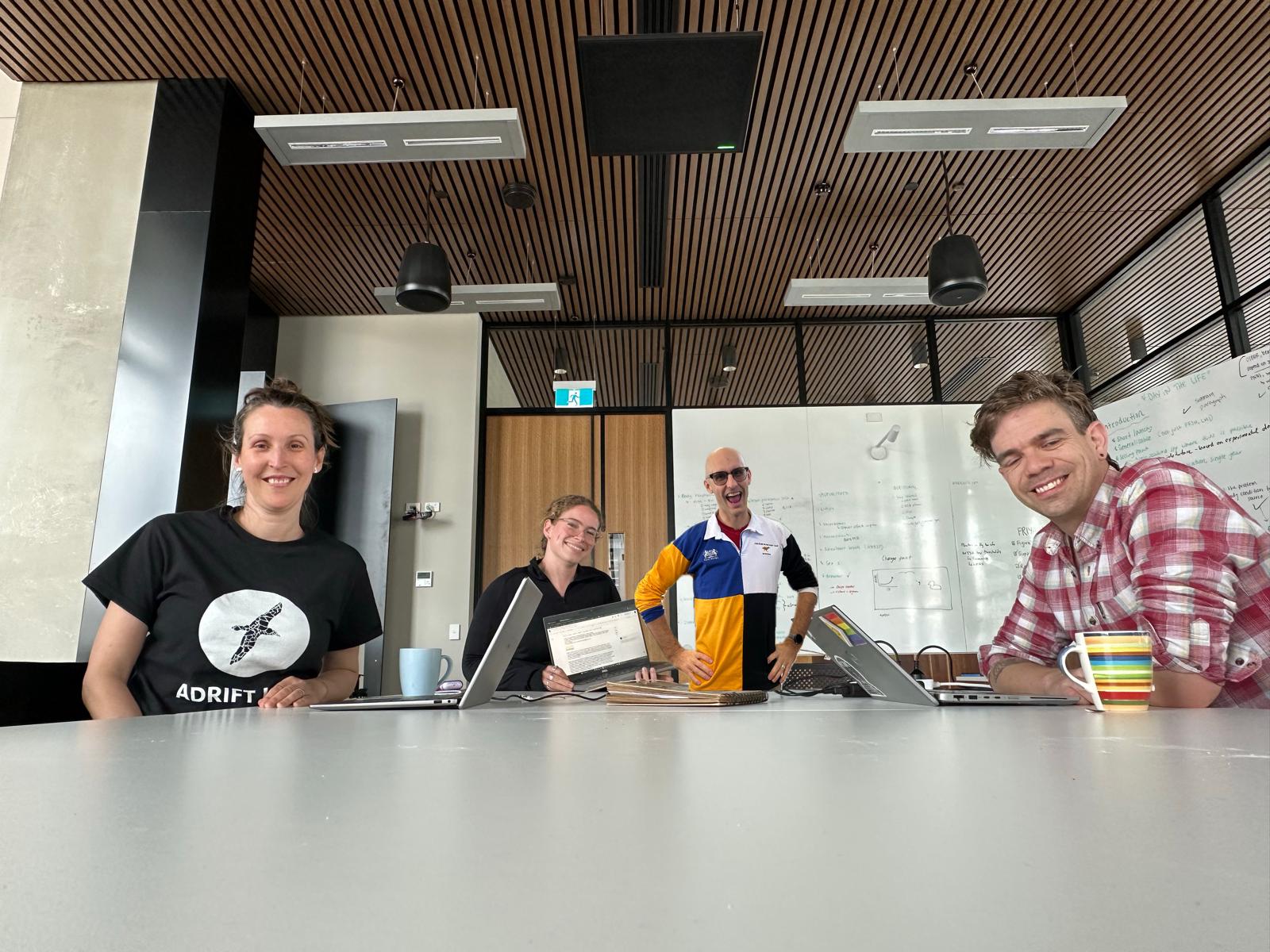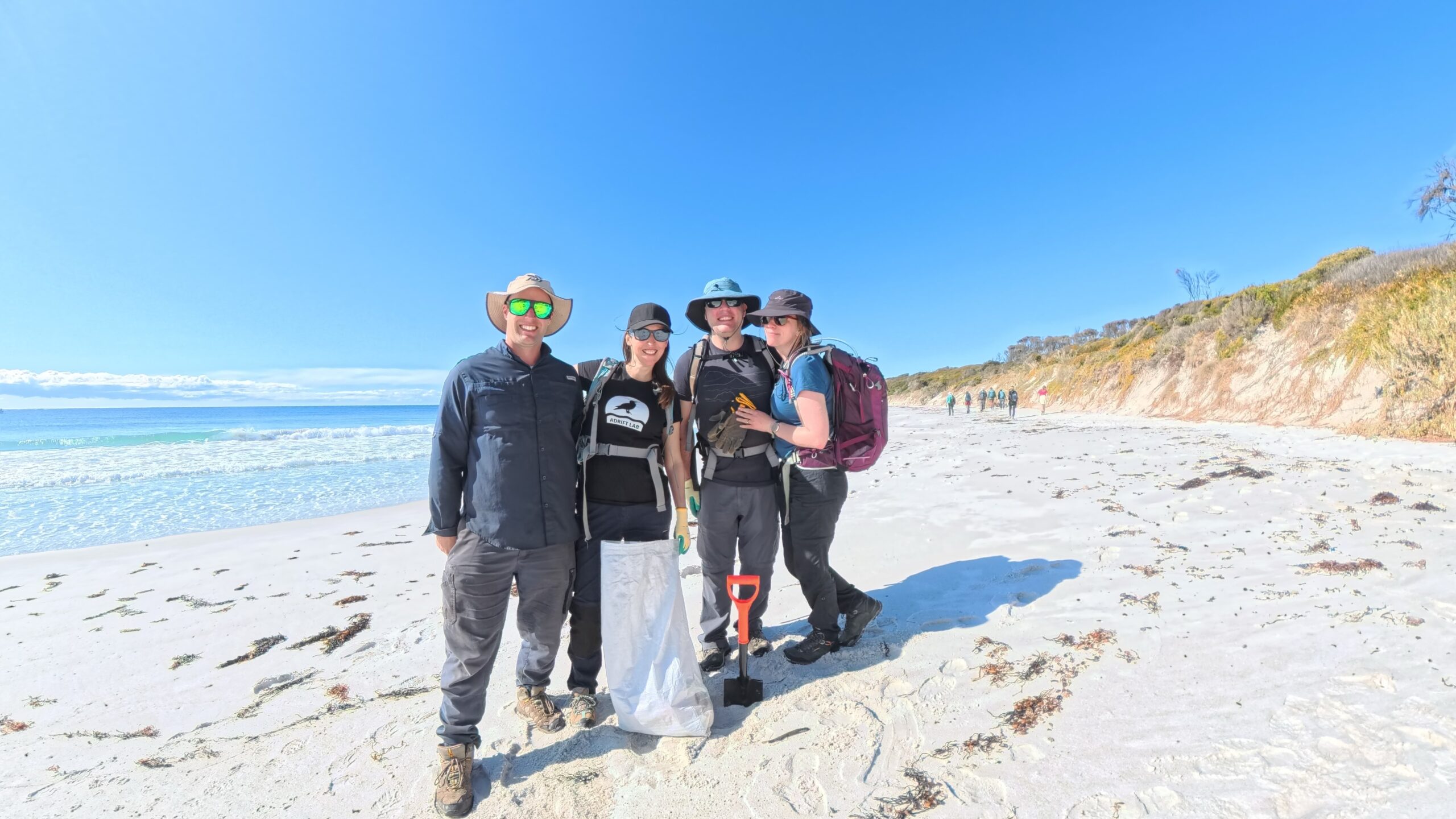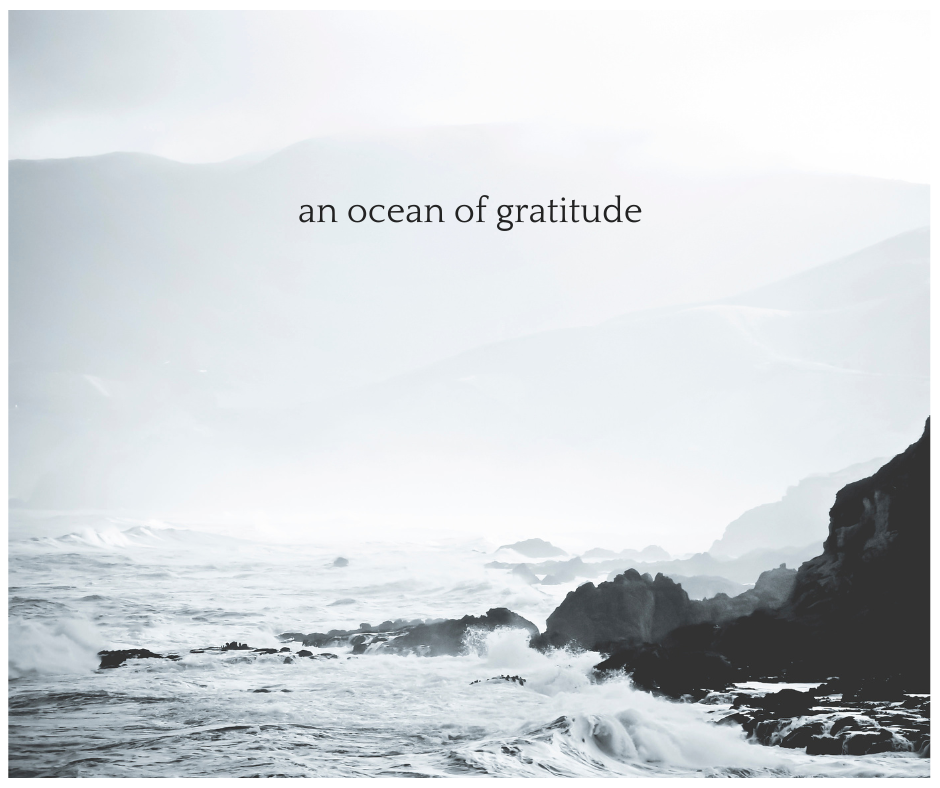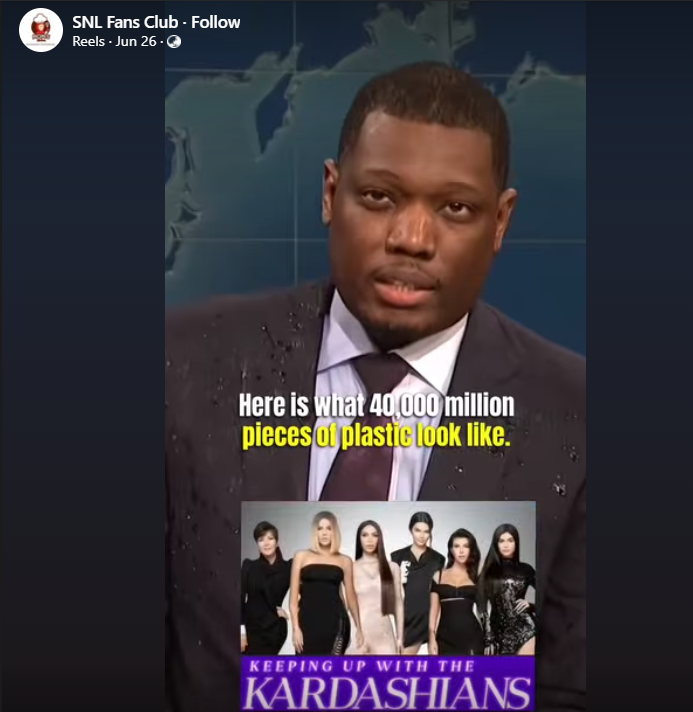New paper on the harm plastic causes to wildlife defines a new disease: Plasticosis
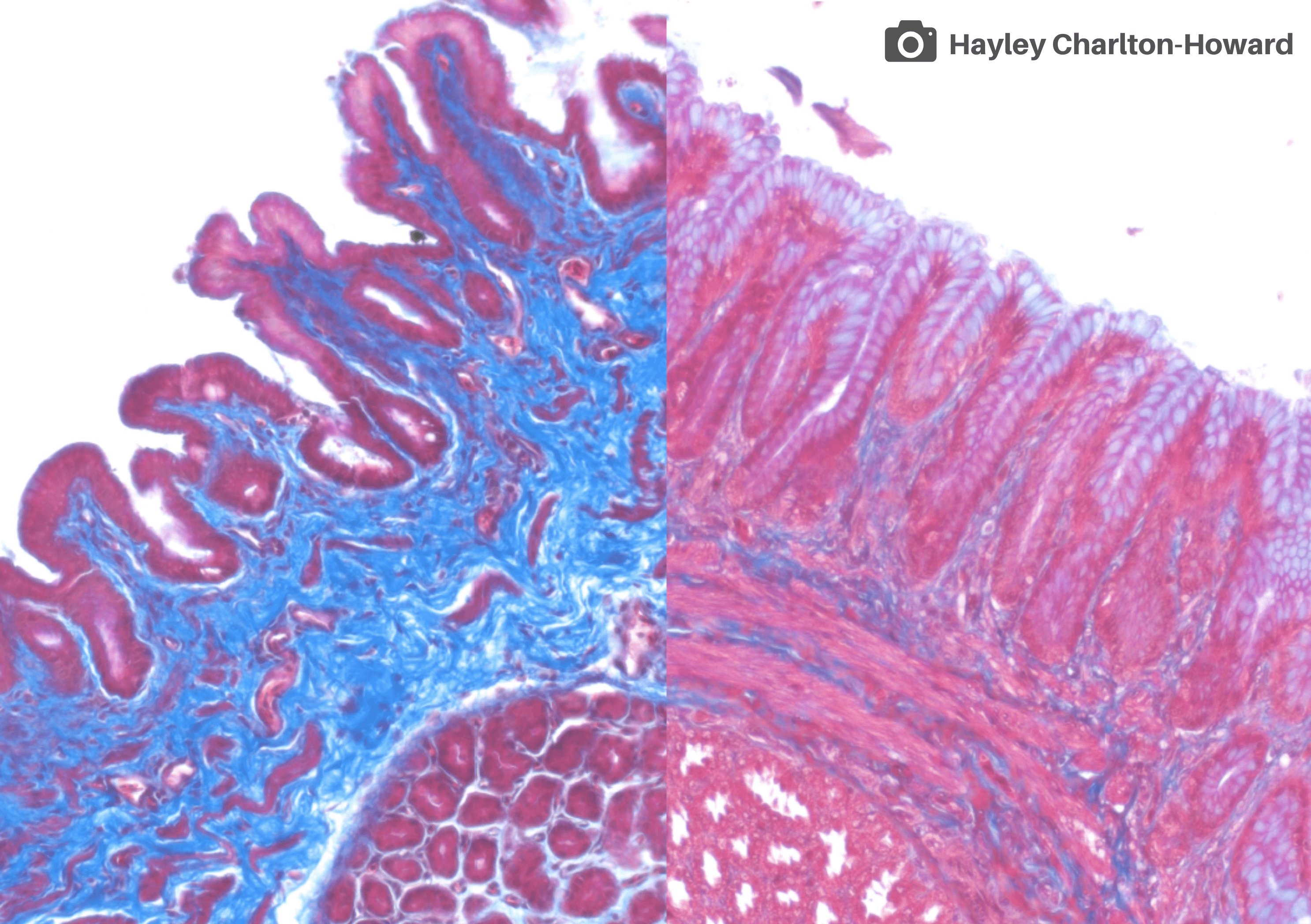
✨New paper alert✨ Imagine that you’ve got a piece of plastic stuck in your stomach – stabbing, poking, and prodding constantly. Besides being incredibly uncomfortable, what would that do to your delicate internal tissues?
This week, one of the #AdriftLab Honours students Hayley has just published her first, first-author paper in the Journal of Hazardous Materials, investigating the effect that #PlasticIngestion has on the formation of scar tissue within the stomach of Flesh-footed #Shearwaters from #LordHoweIsland. While scar tissue formation is a natural part of the healing process, excessive scarring can impact tissue function and cause disease. This is known as fibrosis. What we found was that (somewhat unsurprisingly) the ingestion of #plastic was directly linked to the presence of severe, organ-wide scar tissue formation in the stomach, with some birds sadly exhibiting a near-complete loss of tissue structure due to plastic ingestion. Our results are the first-time plastic-related scar tissue formation has been documented in wild animals. What we observed was often so severe that it led us to propose a new disease, #Plasticosis – fibrosis because of exposure to plastic.
To assess this, we looked at the tissue that makes up the interior wall of the stomach and used a staining method where ‘normal’ tissue stains red and collagen (a major component of scar tissue) stains bright blue. This allows us to see this scar tissue and damage in vivid detail, and the results are visually striking.
In the photo, a relatively healthy bird, with long, uniform digestive glands and a low prevalence of collagen is shown on the RIGHT. On the LEFT, a bird with a high degree of scar tissue (collagen stained blue) with damaged and malformed digestive glands. Of note – the individual on the left had ingested just 1 piece of plastic, while the individual on the right had ingested 170 pieces!I

There is a high likelihood that the scar tissue we see on the LEFT could significantly impact the bird’s health through reducing stomach capacity and the ability of the stomach to digest food, thus reducing overall nutrient intake.
What’s also interesting is that pumice – volcanic rock commonly found in the ocean – is also eaten by the shearwaters. However, despite also being an abrasive material, we didn’t find any evidence that pumice causes similar fibrosis. This means the damage is linked only to the ingestion of plastic, not pumice.
More than 1200 species are already documented to ingest plastic across both aquatic and terrestrial environments (including us!), our findings have major implications.
This study has been published #OpenAccess meaning it’s FREE to read and download here ➡️ https://www.sciencedirect.com/science/article/abs/pii/S0304389423003722
ACKNOWLEDGEMENTS: we’re endlessly grateful to the Lord Howe Island community and Two Hands Project (Paul Sharp and Silke Stuckenbrock). An extra huge thanks to Adrift Lab team, especially, Megan Grant and Alix de Jersey, for their invaluable assistance with sample collection. Pure Ocean Fund, the Natural History Museum, Detached Cultural Organization, and Lynton Mortensen (Ocean Plastic Relay #Dayof30) generously provided the funding for this research.

